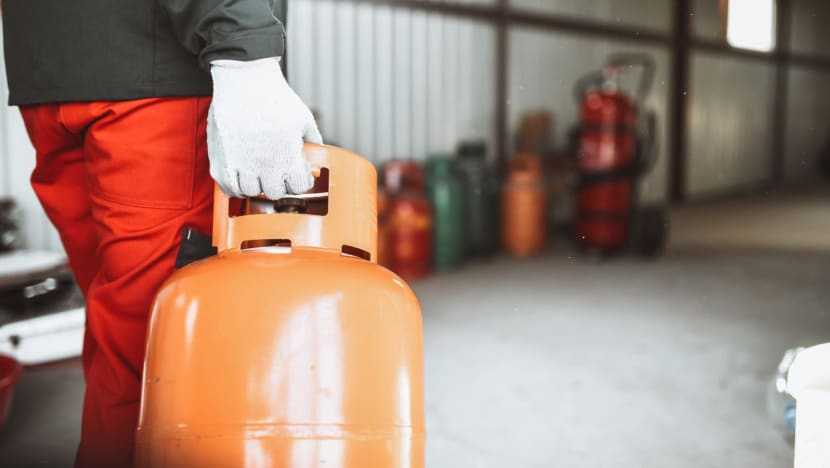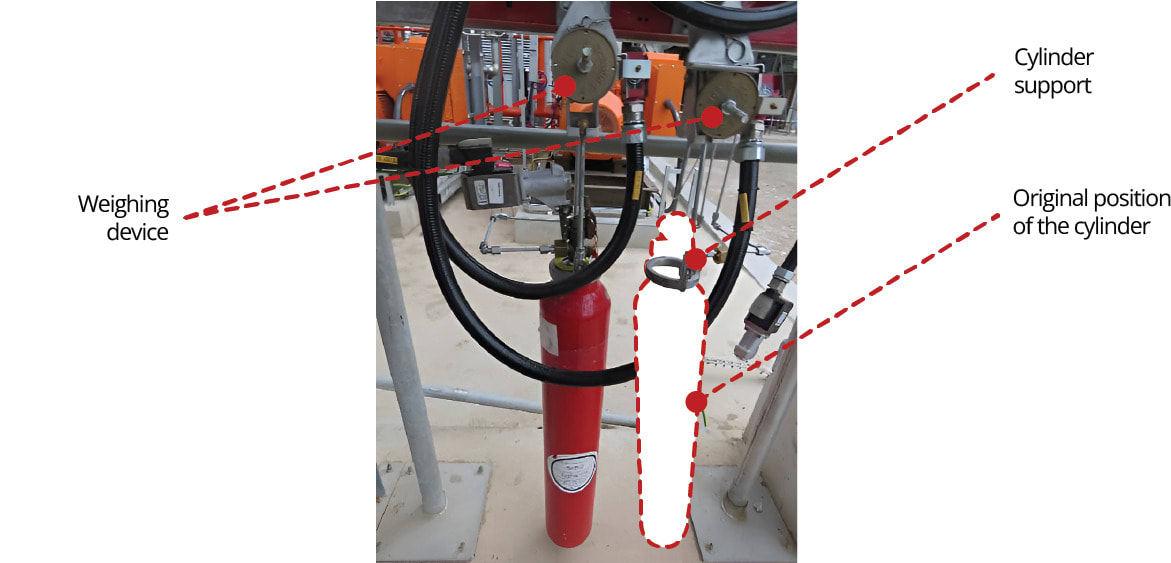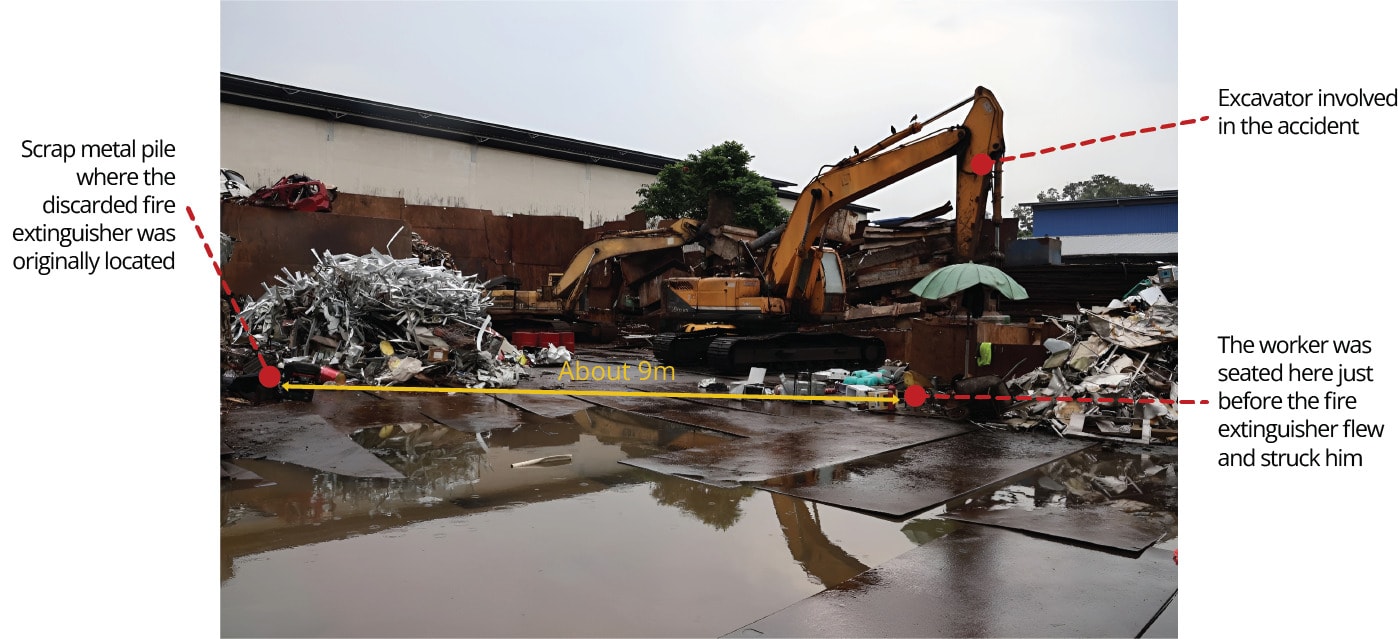2 workers killed by gas cylinder projectiles in separate incidents in first half of 2025

A worker carrying a gas cylinder. (File photo: iStock/AleksandarGeorgiev)

This audio is generated by an AI tool.
SINGAPORE: Two fatal workplace incidents involving compressed gas cylinders that became airborne occurred in the first half of 2025, the Workplace Safety and Health (WSH) Council said on Wednesday (Aug 6).
On Mar 28, a worker was investigating the cause of a fire alarm triggered by a newly installed fire suppression system at a worksite.
After determining that the alarm was false, the worker began removing one of the cylinders containing carbon dioxide. The cylinder was disconnected from its support bracket and placed free-standing on the ground.
Moments later, the cylinder suddenly became airborne and struck another worker who was standing nearby. The worker was taken to hospital, where he later died.
On May 15, an excavator equipped with an electromagnet was transferring metal debris when a discarded fire extinguisher cylinder containing carbon dioxide suddenly launched into the air and struck a nearby worker who was seated.
The worker was taken to hospital, where he later died.
The WSH Council said the cylinder’s valve connector likely fractured when the electromagnet compressed the scrap metal pile. This breakage would have caused the residual gas to discharge abruptly, turning the cylinder into a projectile.
It also noted another incident on Jul 28, where a ruptured compressed gas cylinder caused an explosion at a workplace.
While no injuries were reported in the July incident, the council urged all companies involved in work activities with gas cylinders to implement appropriate risk control measures to ensure workers’ safety.
"These accidents underscore the risks associated with the use, handling and management of compressed gas cylinders," it said.

SAFETY MEASURES
The sudden release of high-pressure gas from a cylinder can turn it into a projectile and severely injure workers in the vicinity, said WSH.
As such, compressed gas cylinders must be properly handled, transported and stored to prevent such a scenario.
The council urged companies involved in work activities with gas cylinders to conduct regular inspections for physical damage, such as corrosion, cracks, and dents, as well as signs of leakage.
Additionally, it advised companies to implement safe work procedures for compressed gas cylinders. This includes securing cylinders to fixed supports, transporting them in an upright position, using compatible valve connectors, clearly labelling their status and storing them in a well-ventilated area.
Only individuals who have been trained in safe work procedures should be deployed, and onsite supervision should be provided to ensure compliance.
The council also recommended sending fire extinguishers to a licensed hazardous waste disposal contractor or a specialised fire equipment disposal service provider who can handle non-empty cylinders safely.
Companies should also consider the use of technology, such as an automated metal waste conveyor system or a remotely-operated magnetic separator, to eliminate or reduce the risk of workers of being struck by flying metal debris.


















